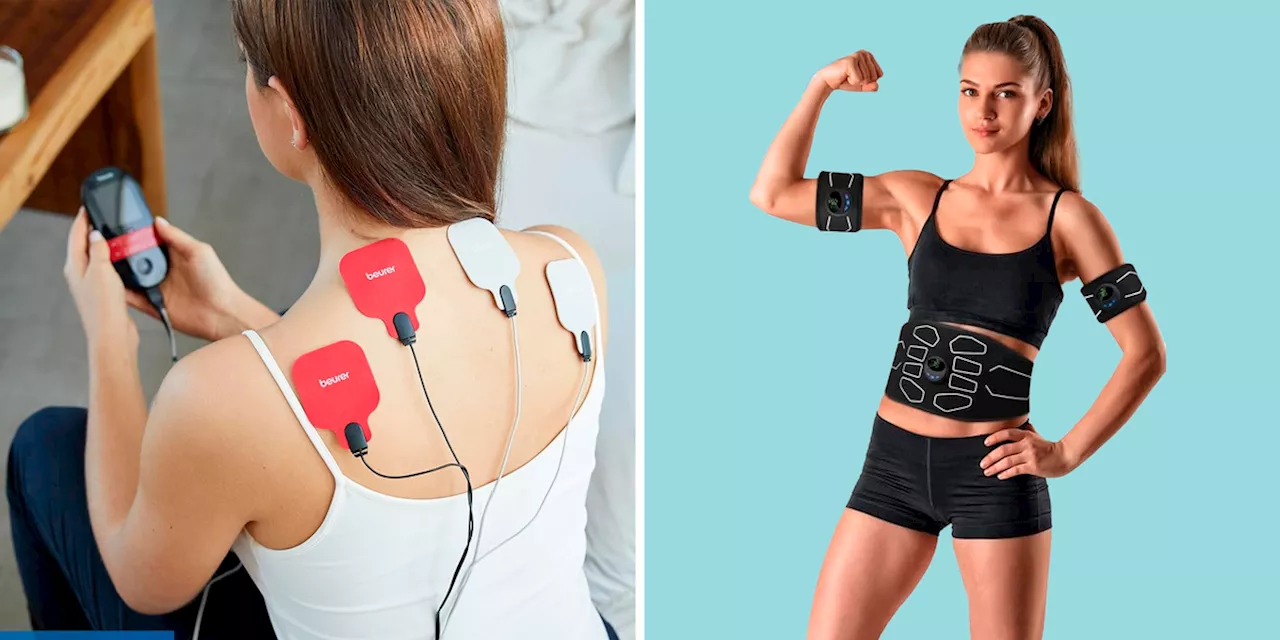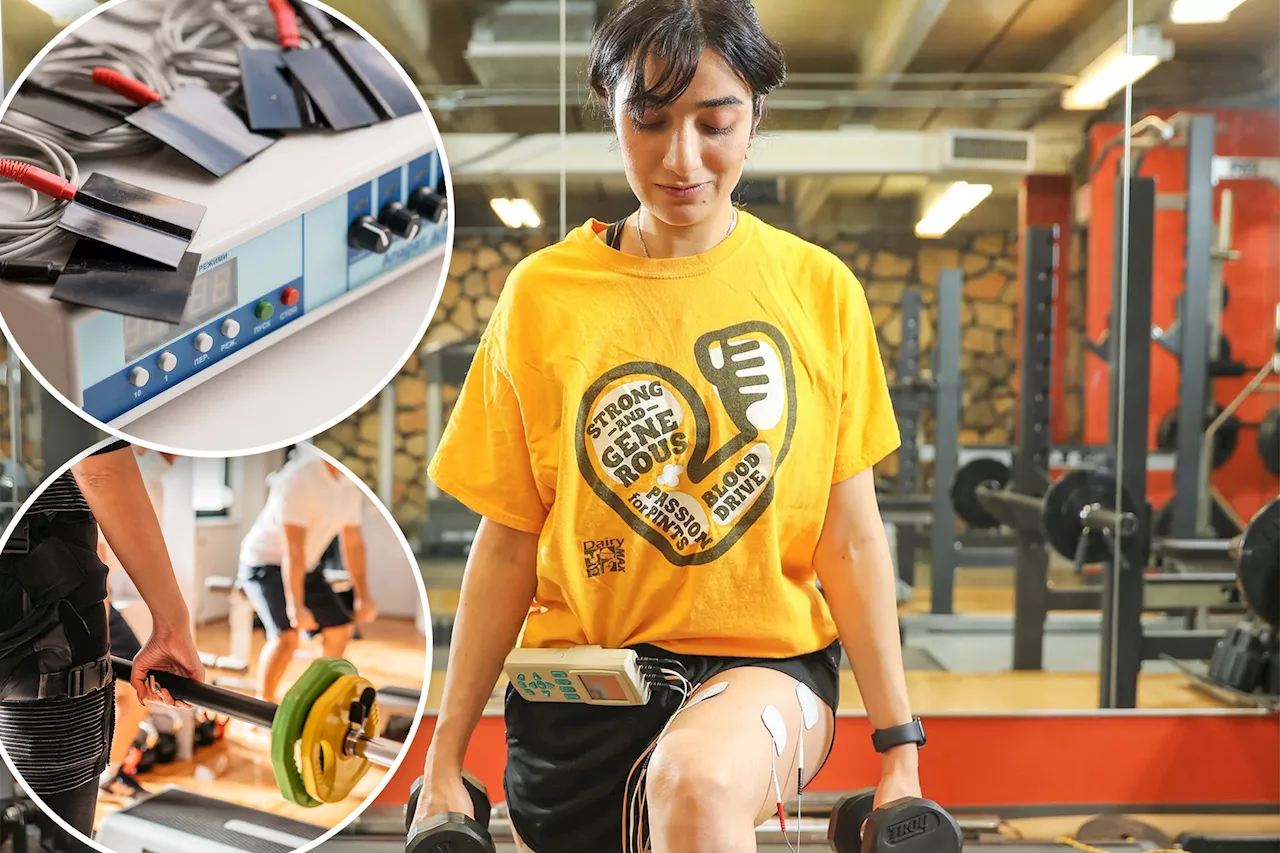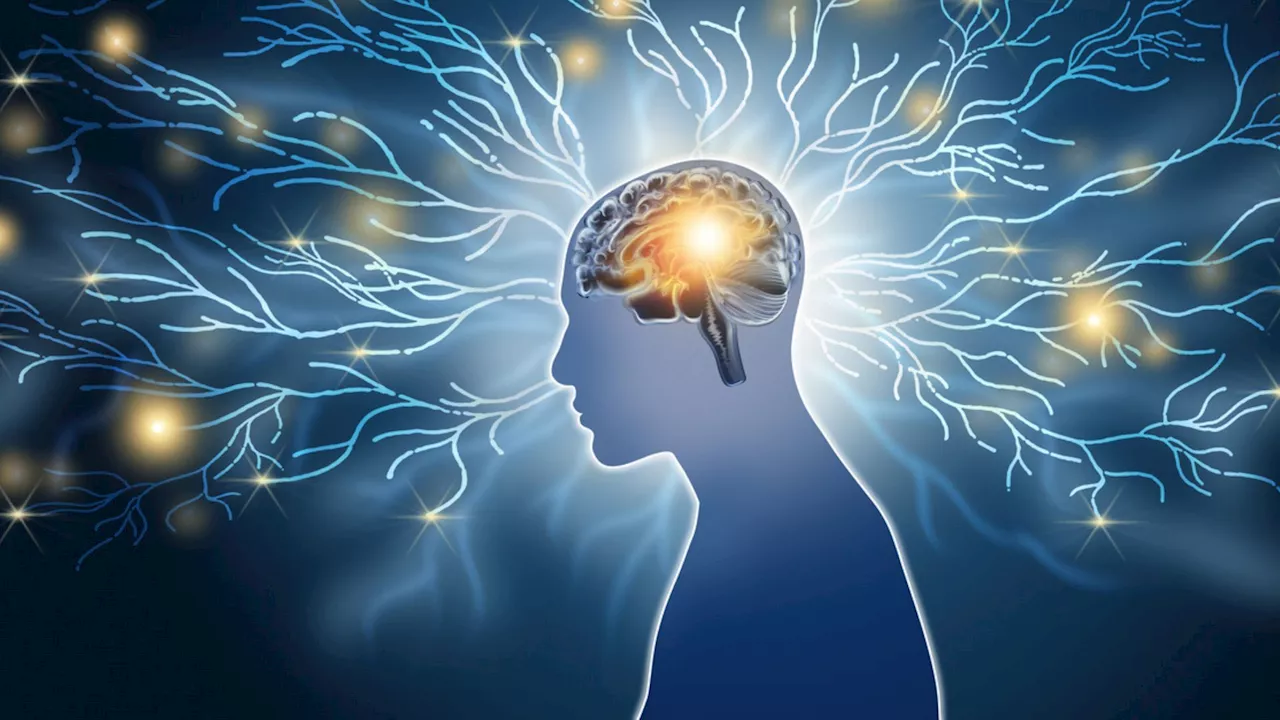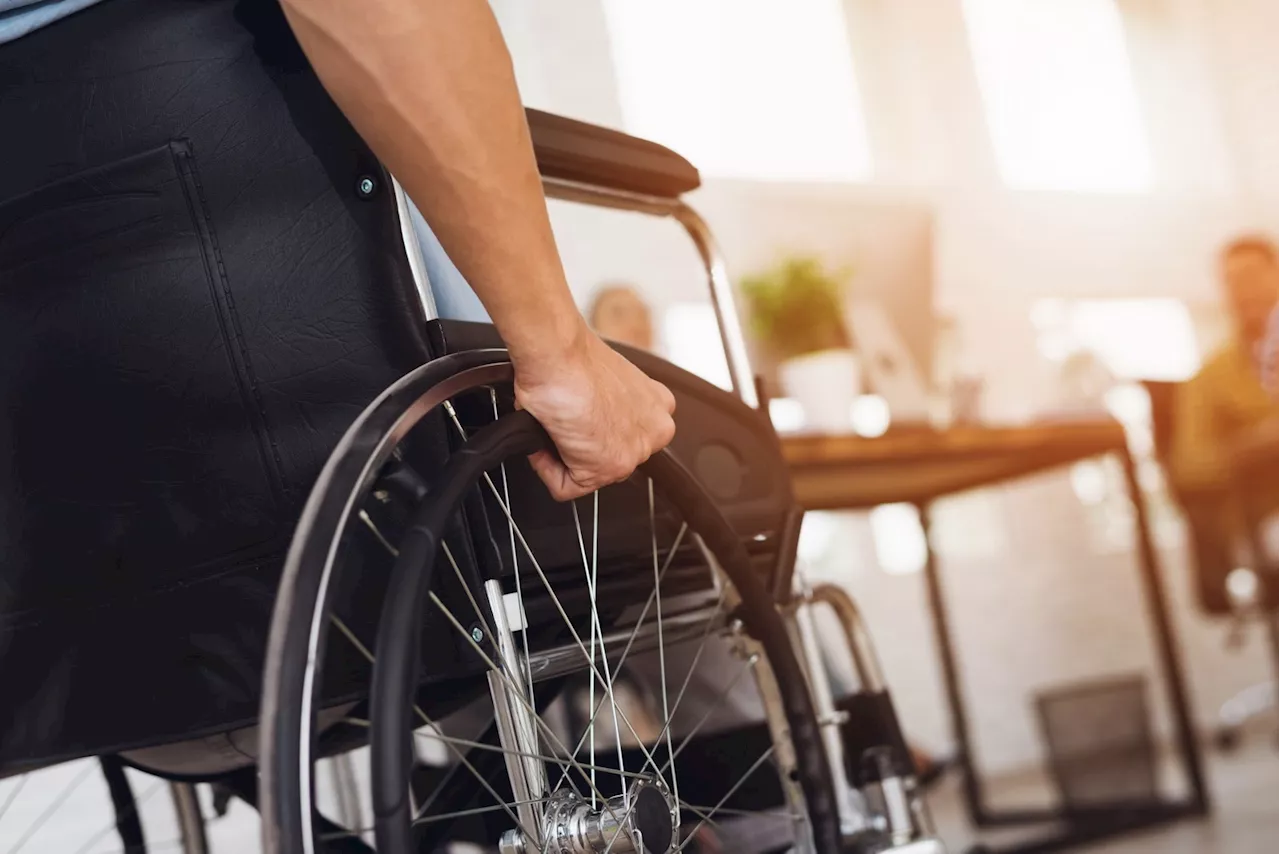A new study reveals that synchronizing electrical stimulation with the body's natural rhythms, like heartbeat and breathing, significantly enhances the effectiveness of vagus nerve stimulation for treating chronic illnesses.
Various diseases can be treated by stimulating the vagus nerve in the ear with electrical signals. This method, sometimes referred to as an 'electric pill', utilizes electrodes attached to the ear to activate the vagus nerve, potentially alleviating health problems ranging from chronic pain and inflammation to neurological diseases. However, vagus nerve stimulation hasn't always proven effective.
A recent study conducted by TU Wien in collaboration with the Vienna Private Clinic sheds light on how to enhance its efficacy. Experiments reveal that synchronizing the electrical stimulation with the body's natural rhythms, specifically the heartbeat and breathing, significantly improves the results. The vagus nerve, the longest nerve in the parasympathetic nervous system, plays a crucial role in regulating internal organs, blood circulation, and recovery. A branch of this nerve extends from the brain to the ear, allowing small electrodes in the ear to activate the vagus nerve, stimulate the brain, and influence various bodily functions. However, research indicates that this stimulation doesn't consistently produce the desired outcomes. Prof. Eugenijus Kaniusas from the Institute of Biomedical Electronics at TU Wien explains, 'The electrical stimulation does not have an effect on the nervous system at all times. You could say that the brain is just not always listening. It's as if there is a gate to the control centre of the nervous system that is sometimes open and then closed again, and this can change in less than a second.'A pilot study involving five participants demonstrated the significance of timing. Researchers electrically activated the vagus nerve to lower heart rate, a known indicator of stimulation therapy's effectiveness. They discovered that synchronizing the stimulation with the heartbeat's rhythm, particularly during systole (heart contraction), yielded substantially stronger results compared to applying stimulation during diastole (heart relaxation). Breathing also plays a role, with stimulation proving more effective during inhalation than exhalation. 'Our results show that synchronising vagus nerve stimulation with the heartbeat and breathing rhythm significantly increases effectiveness. This could help to improve the success of treatment for chronic illnesses, especially for those who have not previously responded to this therapy,' says Eugenijus Kaniusas. This breakthrough suggests that customizing nerve stimulation to align with individual body rhythms could unlock greater therapeutic potential. Future studies will explore larger patient populations and refine algorithms for more precise, personalized stimulation. 'This technology could be an effective and non-invasive way of modulating the autonomic nervous system in a targeted and gentle manner -- a potential milestone in the neuromodulatory treatment of various chronic diseases,' believes Dr Joszef Constantin Szeles from the Vienna Private Clinic
Vagus Nerve Stimulation Chronic Illness Heartbeat Breathing Rhythm Neuromodulation
United States Latest News, United States Headlines
Similar News:You can also read news stories similar to this one that we have collected from other news sources.
 Unlock Muscle Performance with Electrical StimulationDiscover how muscle stimulators can enhance your fitness journey by strengthening, toning, managing pain, and accelerating recovery. Explore the science behind this innovative technology and learn how it can benefit athletes, individuals recovering from surgery, and anyone seeking to optimize their muscle function.
Unlock Muscle Performance with Electrical StimulationDiscover how muscle stimulators can enhance your fitness journey by strengthening, toning, managing pain, and accelerating recovery. Explore the science behind this innovative technology and learn how it can benefit athletes, individuals recovering from surgery, and anyone seeking to optimize their muscle function.
Read more »
 NMES: Electrical Muscle Stimulation for Enhanced WorkoutsThis article explores the use of NMES (neuromuscular electrical stimulation) as a tool to enhance muscle growth and workout performance. It delves into the mechanism behind NMES, its potential benefits, and how it compares to traditional exercise methods.
NMES: Electrical Muscle Stimulation for Enhanced WorkoutsThis article explores the use of NMES (neuromuscular electrical stimulation) as a tool to enhance muscle growth and workout performance. It delves into the mechanism behind NMES, its potential benefits, and how it compares to traditional exercise methods.
Read more »
 Electrical Muscle Stimulation Boosts Muscle Growth and Strength When Combined with Resistance TrainingA new study reveals that adding neuromuscular electrical stimulation (NMES) to your resistance training routine can significantly increase muscle mass and strength compared to resistance training alone. Researchers analyzed numerous studies and found that combining NMES with exercises like bench presses or squats led to better results, especially when training durations were longer.
Electrical Muscle Stimulation Boosts Muscle Growth and Strength When Combined with Resistance TrainingA new study reveals that adding neuromuscular electrical stimulation (NMES) to your resistance training routine can significantly increase muscle mass and strength compared to resistance training alone. Researchers analyzed numerous studies and found that combining NMES with exercises like bench presses or squats led to better results, especially when training durations were longer.
Read more »
 Vagus Nerve Stimulation Shows Promise for Treating Severe DepressionA study suggests that stimulating the vagus nerve, which connects the brain to major organs, could be a viable treatment option for individuals with severe depression who haven't responded to traditional therapies. While initial results were mixed, the study showed potential in alleviating the mental paralysis often associated with major depression.
Vagus Nerve Stimulation Shows Promise for Treating Severe DepressionA study suggests that stimulating the vagus nerve, which connects the brain to major organs, could be a viable treatment option for individuals with severe depression who haven't responded to traditional therapies. While initial results were mixed, the study showed potential in alleviating the mental paralysis often associated with major depression.
Read more »
 Ultrasound Brain Stimulation Shows Promise for Treating Mental Health ConditionsA new National Health Service (NHS) trial is exploring the use of ultrasound to directly influence brain activity and treat mental health conditions like depression and anxiety. The trial will evaluate a brain-computer-interface (BCI) device that uses ultrasound to both monitor and stimulate specific clusters of neurons. If successful, this non-invasive approach could revolutionize the treatment of mental health disorders.
Ultrasound Brain Stimulation Shows Promise for Treating Mental Health ConditionsA new National Health Service (NHS) trial is exploring the use of ultrasound to directly influence brain activity and treat mental health conditions like depression and anxiety. The trial will evaluate a brain-computer-interface (BCI) device that uses ultrasound to both monitor and stimulate specific clusters of neurons. If successful, this non-invasive approach could revolutionize the treatment of mental health disorders.
Read more »
 Brain Stimulation Restores Sense of Touch to Paralyzed PatientsNew research using electrical brain stimulation has enabled two patients with paralysis to temporarily regain their sense of touch, even feeling textures, edges, and motion. This breakthrough uses implanted electrodes to stimulate specific brain regions, mimicking the sensations of holding objects and controlling a robotic arm.
Brain Stimulation Restores Sense of Touch to Paralyzed PatientsNew research using electrical brain stimulation has enabled two patients with paralysis to temporarily regain their sense of touch, even feeling textures, edges, and motion. This breakthrough uses implanted electrodes to stimulate specific brain regions, mimicking the sensations of holding objects and controlling a robotic arm.
Read more »
